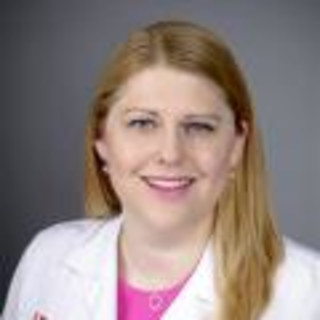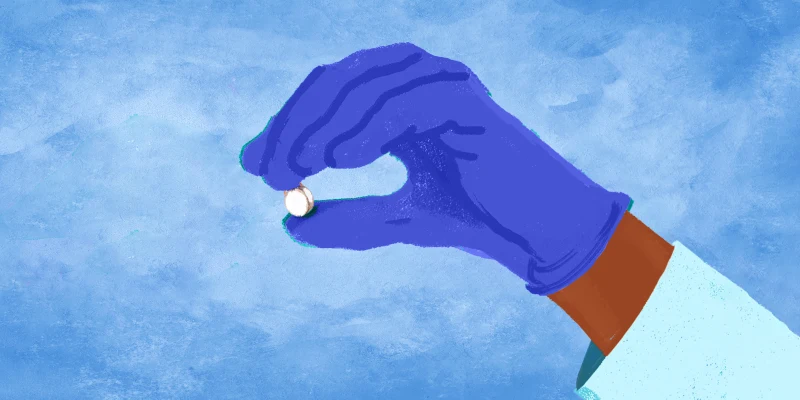
With any celebrity suicide, like those of Kate Spade and Anthony Bourdain, the news cycle starts spinning reflexively, there is a sharing of suicide hotlines on social media, and demands for better access to mental health services. While it is true that getting an appointment with a psychiatrist can take far too long and psychotherapy is not covered by many insurance plans, equating suicide with untreated or undertreated depression is too simplistic. What if we had access to treatment for everyone with depression?
Before coming to the US and pursuing a career in neurology, I worked as a psychiatry junior resident in Germany. With universal health care and arguably better mental health services than available to most in the US, we treated many patients with depression for 3–6 months in an inpatient setting. Most of my patients got better, but all talked about the stigma they had to face when returning to “real life,” by family, friends, colleagues and bosses.
For some, suicide still seemed like the only solution. One patient, a nursing student with bipolar disorder, ran away during a group walk to a park, and followed through on a plan he hadn’t shared with anyone. Another patient shot himself during a weekend at home. The treating physician had to approve those weekends away from the clinic, and was caught off guard by the news, the patient having appeared stable the day prior, with lots of plans to look forward to. I remember my own nervousness when being on weekend call and having a patient return late on Sunday night, always fearing for the worst. The third patient, a gentle man in his 60s, a retired teacher with a loving family, had struggled with depression for many years. After having spent months in our care, undergoing psychotherapy with an experienced attending, his antidepressant therapy being carefully adjusted, his mood had begun to brighten. On the morning he was set to be discharged, his nurse found him in his room, dead.
The issue of suicide prevention is deeply personal for me, having lost my mother to suicide in 2015. We are always told to look out for “warning signs,” such as people expressing sadness, hopelessness and isolating themselves. However, these are general signs of depression, and fortunately, the majority of those with depression and even those experiencing suicidal thoughts will never act on them. Like my patients, my mother had been under the care of an experienced psychiatrist who did not deem her to be at high risk for suicide. Unfortunately, access to mental health care is important, but it is sometimes not enough.
Many factors can play a role in suicide, including chronic medical conditions and pain, loneliness and social isolation, acute emotional distress following adverse life events, financial worries and other hardships. Two recent meta-analyses, looking at research over the last 40 years, suggest that we’re not very accurate in making suicide risk predictions, and question the use of risk assessment scales[1,2]. Of concern, suicide is on the rise and has increased over 25% since 1999 according to a new study by the US Centers for Disease Control and Prevention[3]. Contrary to common belief, data showed a history of known mental illness in only 45%.
We clearly need more research into the neurobiology and psychosocial factors of suicide to understand the suicidal brain more accurately and help those who need it the most. Despite suicide being the 10th most common cause of death in the US, federal funding for suicide research lags far behind that of other public health issues.
In the meantime, we can all make a difference by treating each other with kindness and compassion. The sharp increase in suicide rates in recent years cannot be explained by altered neurobiology or genetic factors, but has everything to do with psychosocial factors. Although Americans are more connected than ever on social media, the number of those with no close friends has increased dramatically over the past three decades. Many of us may be at risk of finding themselves contemplating suicide given the right set of circumstances, with or without showing other signs of mental illness. In fact, several studies have shown burnout rates of over 50% for physicians of all specialties, with an increased risk for depression and suicide.
Society is not kind to those showing signs of weakness, are perceived different from their peers, or can’t keep up with the pressure to perform under ever increasing demands at work and at home. Those seeking treatment for mental health problems needs to be openly encouraged rather than stigmatized. However, we all need to come together and do our part in supporting each other when life gets tough, and be advocates for our patients outside of the office space.
We can’t expect mental health professionals to solve the problem of suicide alone.
Dr. LaFaver is a movement disorder specialist in Louisville, KY, and administrator of a social media group for women neurologists. She tweets under @LaFaverMD.
References
1. Large M, Myles N, Myles H, et al. Suicide risk assessment among psychiatric inpatients: a systematic review and meta-analysis of high-risk categories. Psychol Med 2018; 48(7): 1119–27.
2. Chan MK, Bhatti H, Meader N, et al. Predicting suicide following self-harm: systematic review of risk factors and risk scales. Br J Psychiatry 2016; 209(4): 277–83.
3. Stone DM, Simon TR, Fowler KA, et al. Vital Signs: Trends in State Suicide Rates — United States, 1999–2016 and Circumstances Contributing to Suicide — 27 States, 2015. MMWR Morb Mortal Wkly Rep 2018; 67(22): 617–24.




